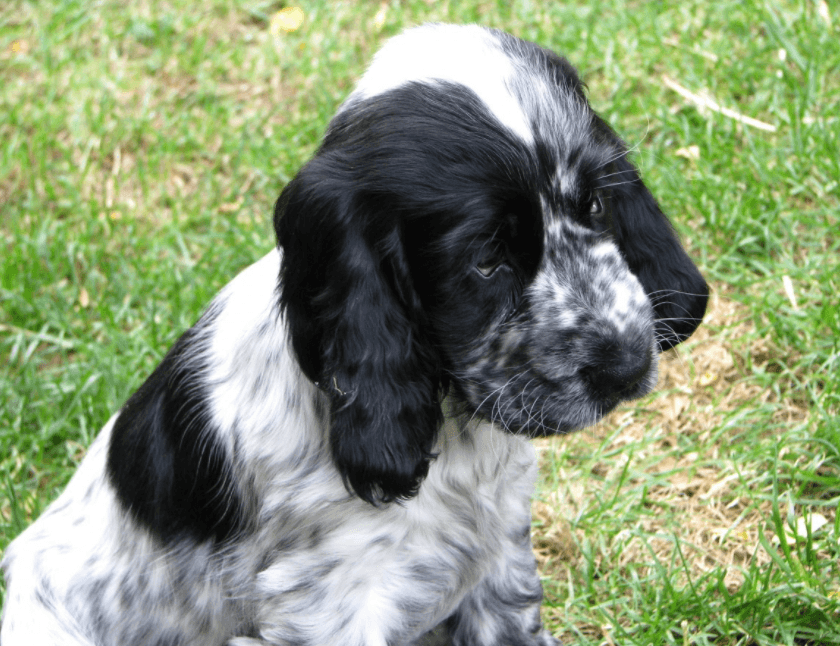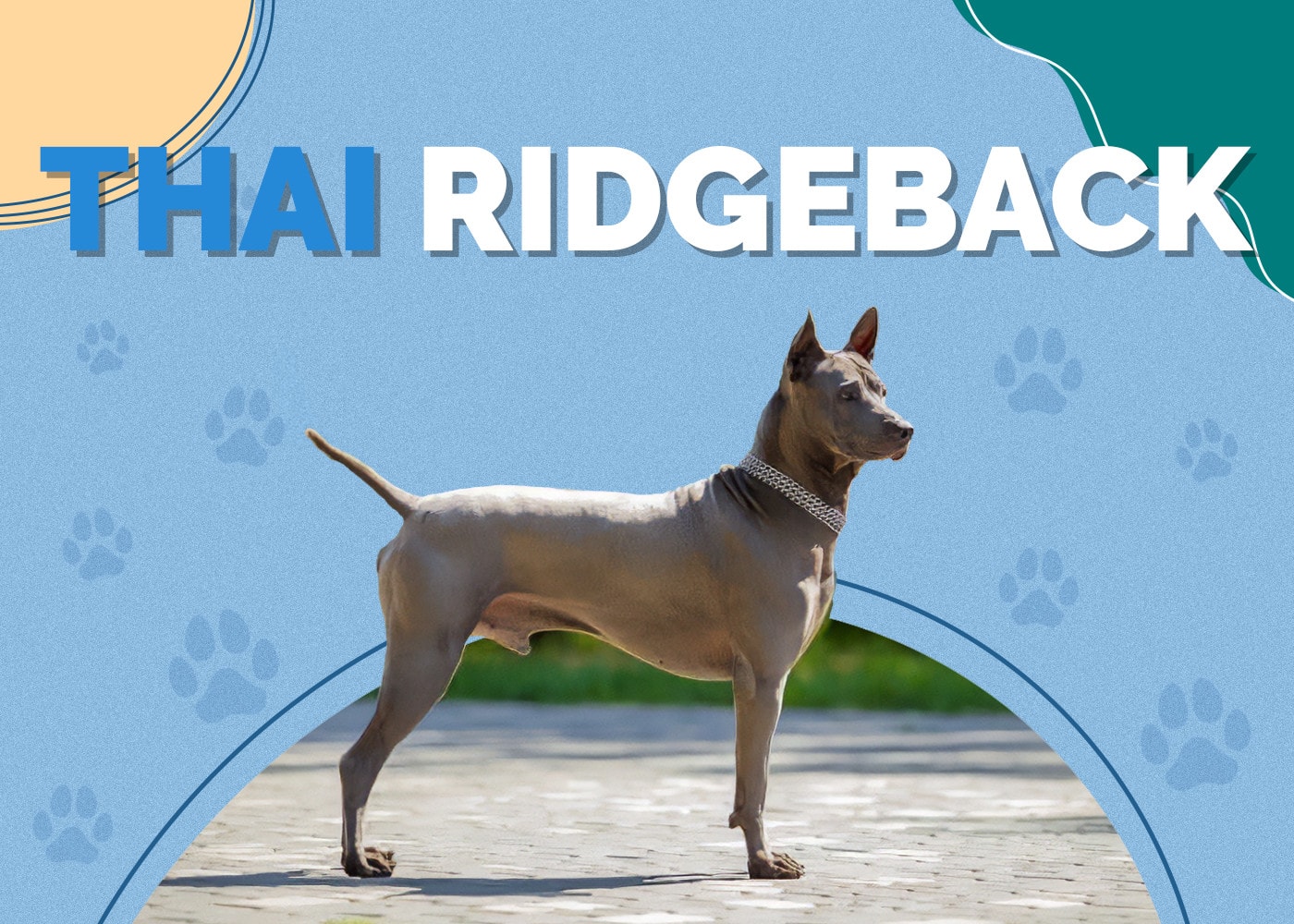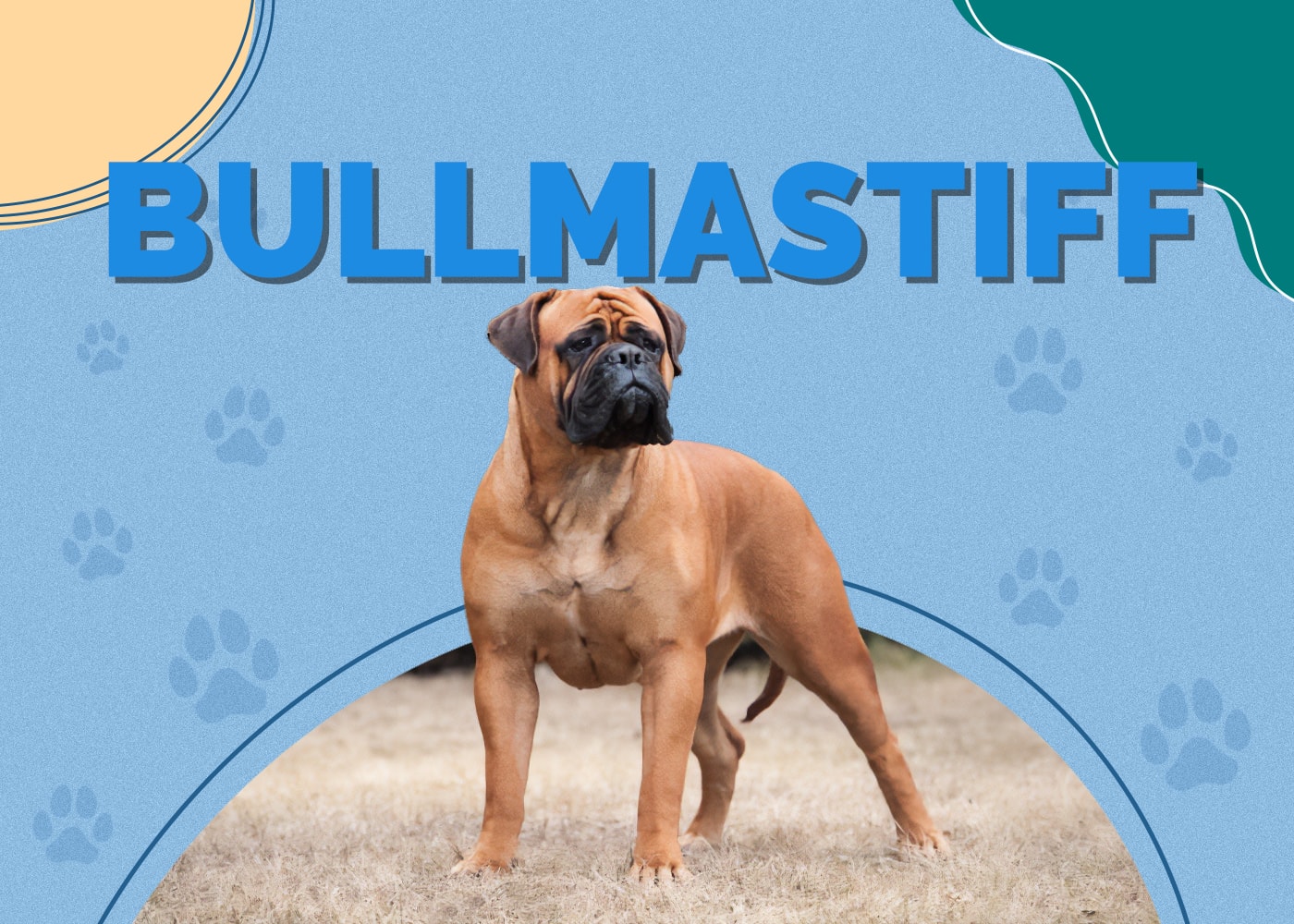Blue Spaniel (Blue Heeler & Cocker Spaniel Mix): Info, Pics, Traits

Updated on

| Height: | 15–20 inches |
| Weight: | 28–45 pounds |
| Lifespan: | 10–14 years |
| Colors: | Blue |
| Suitable for: | Active families, those looking for a loyal, working dog |
| Temperament: | Extremely intelligent, easy to train, friendly, protective, energetic |
If you are looking for a small but active working dog, you can hardly go wrong with the Blue Spaniel. They get their name from the breeds that were crossed to make them: the Australian Cattle Dog, which is blue, and the Cocker Spaniel.
The Australian Cattle Dog is a mixture of Collies and Dingoes. They were bred in the mid-1800s in Australia to help herd cattle. They’re extremely tough and have an unrivaled work ethic. Later, they were bred with various Sheepdogs and Dalmatians to create the Australian Cattle Dog we know today. The AKC officially recognized the Australian Cattle Dog as a distinct breed in 1980.
The Cocker Spaniel, on the other hand, traces their origins back to the United Kingdom, where they were bred to be a sporting companion. It got the name “Cocker” from their uncanny ability to hunt woodcocks. The official name was the “English Cocker Spaniel,” as there was an “American Cocker Spaniel” as well. Nonetheless, the two were considered the same breed until 1936, even though the American variety was smaller.
They were officially recognized as different breeds in 1936 after American and English breeders began disagreeing on the proper way to go about breeding the dog. While American Cocker Spaniels are popular in the United States, the English variety is more popular across the world.
The Blue Spaniel was bred from both the English and American Cockers, which explains why there are such wide variations in the average weight and height. The Blue Spaniel is an intelligent, loving, loyal, and highly energetic animal. Unfortunately, they have yet to be recognized by the AKC.
That is why you should familiarize yourself with this breed before purchasing a puppy. This will ensure you know what to look for when searching for a Blue Spaniel pup. Here is what you need to know about Blue Spaniels.
Blue Spaniel Pups

As mentioned, the Blue Spaniel is a mix of the Cocker Spaniel and the Australian Cattle Dog, which were both bred to be working dogs. As a result, the Blue Spaniel has unprecedented levels of energy and intelligence. Their supreme intelligence makes them easy to train, while their high-energy nature means you will need to provide them with regular, vigorous exercise to keep them happy.
The Blue Spaniel, on average, lives between 10 and 14 years. Their weight ranges between 28 and 45 pounds, while the average height is between 15 and 20 inches. As mentioned, the size of a Blue Spaniel depends on the Cocker Spaniel variety they were bred from, with those from the English variety tending to be larger.
A typical Blue Spaniel looks like a small Australian cattle dog with Cocker Spaniel features, such as a medium-length coat and floppy ears.
3 Little-Known Facts About the Blue Spaniel
1. Cocker Spaniels Are Considered to Be One of the Smartest Dog Breeds in the World.
This explains why the Blue Spaniel is intelligent as well.
2. The Australian Cattle Dog Is a Misunderstood Dog Breed.
Although the Australian Cattle Dog can have issues with biting, they are one of the sweetest dogs you can have, as long as you train them well.
3. The Australian Cattle Dog Has Some Dalmatian in Them.
This explains their spotted coat.

Temperament and Intelligence of the Blue Spaniel 🧠
The Blue Spaniel is intelligent and a highly sociable dog who enjoys company. They’re friendly dogs, but since they are bred to be working dogs, they can be quite aggressive during hunting or herding.
These tendencies can also be triggered when the dog is around other animals. Fortunately, socializing the Blue Spaniel early should take care of that flaw. Blue Spaniels are sensitive to routine and environmental changes. The good news is that all they need is your reassurance, and their main goal in life is to please their owner.
If you have owned other dogs, you will quickly learn that the Blue Spaniel requires a great deal of stimulation to keep them content. Fortunately, their eager nature means they are willing to participate in any activity you choose for them.
Things to Know When Owning a Blue Spaniel
Are you ready to adopt a Blue Spaniel? Here are a few things that you need to know about this breed.
Food & Diet Requirements 🦴
This dog loves food! They can eat as much as dogs who are twice their size. The Blue Spaniel is a high-energy dog and requires more food than a similarly statured canine.
The average Blue Spaniel should be fed at least three bowls of high-quality, protein-packed food per day. If your Blue Spaniel is a working dog, you might want to increase their rations.
Exercise 🐕
The Blue Spaniel is crossed from two working dogs. As you can imagine, that trait has been transferred to the Blue Spaniel, so they need intense, consistent exercise. This will not only make them happy but will also keep them from developing destructive habits in a bid to expend energy.
Adequate exercise for a Blue Spaniel involves at least one long walk at a moderate pace, coupled with vigorous play either with you or with other dogs. As you can imagine, a Blue Spaniel is not a dog to keep in a small apartment, unless you are looking for trouble. They need a big backyard where they can play to their heart’s content.
When taking a Blue Spaniel for a walk, you should keep them on a leash since they’re fond of wandering.
Training 🦮
As mentioned, the Blue Spaniel is an intelligent dog responsive to training. Nonetheless, they can be pretty sensitive. It’s best to stay calm during training since they are quick to pick up on your emotions. Therefore, the best way of training this dog is through positive reinforcement.
Remember, Blue Spaniels love nothing more than making you happy. That is why positive reinforcement goes a long way when training them.

Grooming ✂️
The Blue Spaniel is a moderate shedder. This should come as good news since they do not require much grooming, with a weekly brush being enough to keep their coat in good condition.
You should also bathe a Blue Spaniel at least once a month. When washing them, pay close attention to their ears and coat and look for any infections or conditions. You will also have to brush their teeth daily to keep them in good condition and clip their nails at least twice a month to prevent painful overgrowth.
Health and Conditions ❤️
While Blue Spaniels are bred from hardy canines, they are still susceptible to some health conditions. Some can be serious, such as hip dysplasia, progressive retinal atrophy, and osteochondritis dissecans.
Hip dysplasia is characterized by the dislocation of the hipbone, which can be debilitating for active canines such as Blue Spaniels. Progressive retinal atrophy is a condition that can result in blindness, while osteochondritis is a disorder that results in the deterioration of the dog’s joints.
Blue Spaniels are also predisposed to minor health conditions, such as deafness and cataracts. Fortunately, these issues tend to occur when the dog is in their twilight years.
Ensure you take your Blue Spaniel to the vet for regular check-ups to prevent these conditions from developing.
Male vs. Female Blue Spaniel
Whether to adopt a male or female Blue Spaniel pup depends entirely on your preferences. If you are looking to breed, females are the way to go. However, males might be better at the job if you are looking for the ultimate working dog. Females, on the other hand, tend to be more affectionate.

Conclusion
The Blue Spaniel is an intelligent and highly energetic dog and is a great companion and worker. This breed is recommended for people with a great deal of space or energy since they need to be working or exercising for them to be truly happy.
Most importantly, ensure you get your Blue Spaniel pup from a reputable breeder. They make excellent pets as long as you can take care of them.
See also:
- Cock-A-Chon (Cocker Spaniel & Bichon Frise Mix): Info, Pictures, Facts
- Cocker Westie (Cocker Spaniel & Westie Mix) Info, Pics, Traits, Facts
Featured Image Credit: pxfuel













